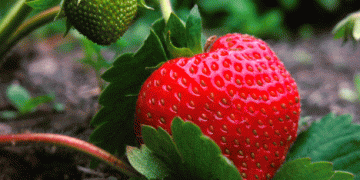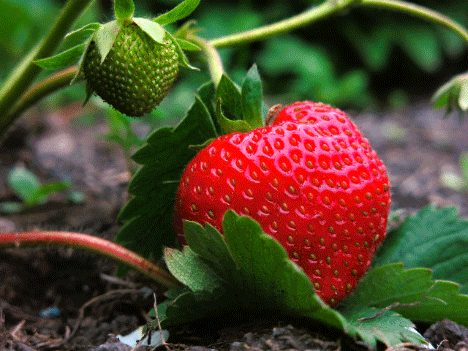Impact of Wet Weather on Strawberry Yields
The excessive rainfall this year has created challenging conditions for Swiss strawberry production. Wet weather can lead to a variety of issues including fungal diseases, waterlogged soil, and delayed ripening, all of which adversely affect fruit quality and yield. By mid-July, the strawberry harvest in Switzerland was reported to be 5% below the previous year’s figures, reflecting these adverse conditions.
Despite these setbacks, the recent shift to warmer, more favorable weather conditions offers some optimism. According to Chantale Meyer from the Swiss Fruit Association, the return of sunny days and higher temperatures is contributing positively to the quality of the strawberries. Meyer notes that Swiss producers are expected to continue harvesting strawberries until the end of September, although this will largely be confined to protected cultivation environments such as greenhouses rather than open fields.
Current Market Conditions and Production Strategies
The shift to protected cultivation, while mitigating some of the adverse effects of the wet weather, introduces its own set of challenges and costs. Protected environments, such as tunnels and greenhouses, can help shield strawberries from excessive moisture and reduce the risk of disease, but they also require significant investment and can increase production costs.
In light of the challenges faced this season, strawberry producers are likely focusing on strategies to enhance yield and quality under the new conditions. This may include investing in advanced irrigation systems to manage water more effectively and implementing integrated pest management practices to control diseases.
Looking Forward: Recovery and Adaptation
As the weather improves, there is potential for a partial recovery in strawberry yields. The increased temperatures and sunlight could help boost fruit growth and improve overall quality, which is crucial for meeting market demands and ensuring profitability.
The season’s experience underscores the need for adaptive strategies in strawberry production to manage weather-related risks. Innovations in protected cultivation and improved disease management practices will be essential for future resilience.
Swiss strawberry farmers are navigating a challenging season with reduced yields due to persistent wet weather. However, the recent improvement in weather conditions brings hope for recovery. The focus on protected cultivation and adaptive strategies will be key to overcoming this season’s difficulties and preparing for future weather variability.


































